McLaren CEO Zak Brown says Charles Leclerc’s qualifying prowess in Formula 1 is frequently misrepresented by his pole-to-win record, a result of Ferrari’s performance limitations.
The Monegasque driver has converted just five of his 27 career poles into victories – an 18.5 per cent conversion rate – including only one win from his last 16 pole positions.
Leclerc’s qualifying performances are often sensational, demonstrating his speed and precision over a single lap.
On race day, however, the pole-to-win statistics can give the skewed impression that he struggles to turn pace into victories.
For a driver with eight Grand Prix wins, this seems inconsistent with his talent. Brown says the discrepancy stems from the Ferrari’s limitations rather than Leclerc himself, emphasising that the 27-year-old is capable of performing at a high level on both Saturday and Sunday.
His defence of a fellow driver comes in the same context that critics have scrutinised his own McLaren driver, Lando Norris, for struggles in converting poles into wins. Brown praised Norris while highlighting the broader point about misrepresented stats.
“Because there’s another stat out there from [Charles Leclerc], who I’m a big fan of, who’s not won that many races from pole, and I don’t think that’s anything on him,” he told Racer.
“I think that’s how awesome he is over a lap and maybe can carry a car over a lap that doesn’t have the ultimate race pace. So that’s not intended to be disparaging on him at all. I think he’s a huge talent.
“But my point is kind of a good narrative, and then when that narrative goes away, no one kind of, it’s almost like the retraction’s always on the back page. And I think Lando’s in a great place.”
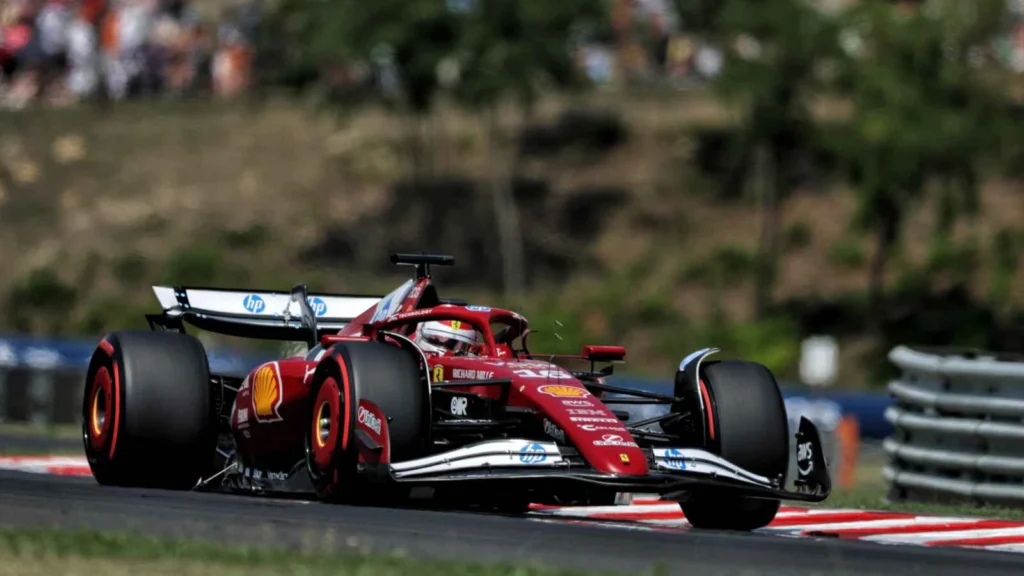
Driver error, strategy, or the car? A closer look at Leclerc’s pole-to-win record
A closer look at Leclerc’s pole-to-win record shows that the reasons behind his low conversion rate are far from straightforward.
There are several factors that have hindered the Ferrari driver, from questionable team strategies to moments when the car itself has let him down.
The 2025 Hungarian Grand Prix provides a clear example of the latter. Starting from the front row, Leclerc briefly led the race but dropped back after a chassis issue, eventually finishing outside the podium behind the McLarens and George Russell.
Even Leclerc’s debut pole in F1 ended in disappointment, as reliability issues at the 2019 Bahrain Grand Prix denied him victory.
Team errors have also played a role. At the 2022 Monaco Grand Prix, Leclerc was called into the pits from the lead for Intermediate tyres, only to be recalled again for slicks, dropping him from first to fourth.
At the 2019 Singapore Grand Prix, meanwhile, then Ferrari team-mate Sebastian Vettel was allowed to undercut Leclerc, snatching victory right from his grasp.
Of course, not all setbacks were beyond his control. The 2022 French Grand Prix saw him crash out while leading, a rare instance where the loss stemmed from driver error rather than the team or car.
Six years ago in Austria, Leclerc was also involved in a wheel-to-wheel battle with Max Verstappen, who barged past on a recovery drive to take victory. While Leclerc may insist it wasn’t his fault, he was ultimately outmanoeuvred by the Dutchman in direct combat.
Taken together, these examples illustrate that Leclerc’s low pole-to-win ratio is the result of a complex mix of circumstances, and not a straightforward reflection of his talent or racecraft, as Brown points out.
READ MORE – How improved mental fortitude has helped Lando Norris dispel past F1 narrative

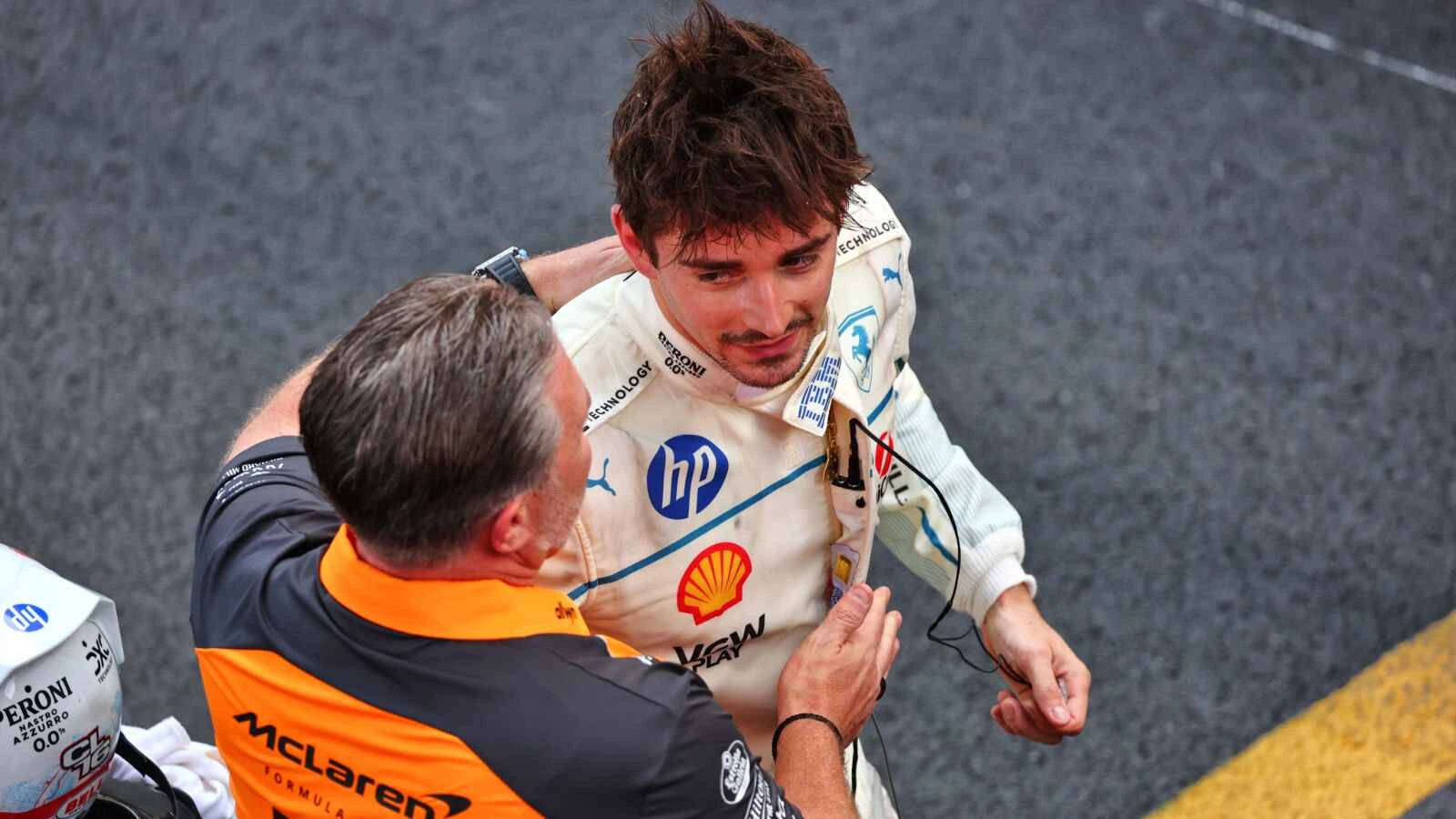


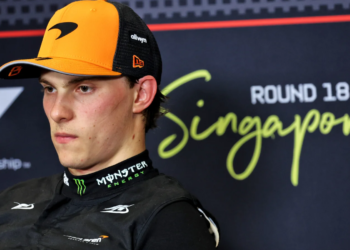
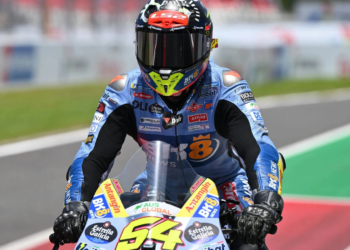
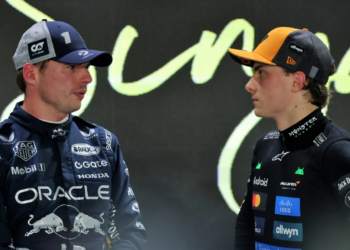

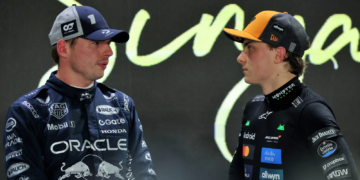

Discussion about this post